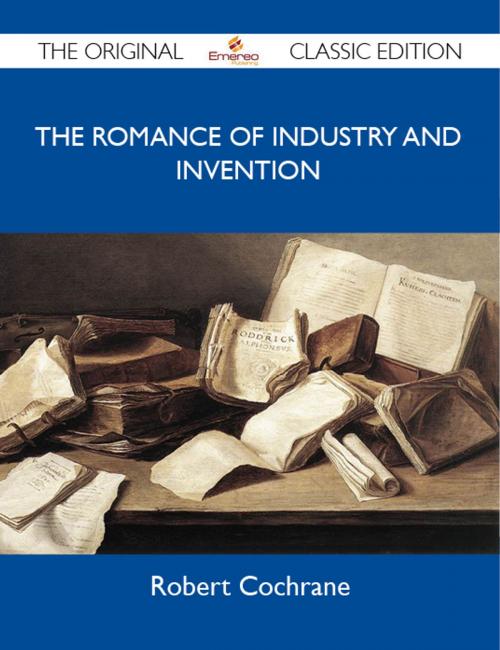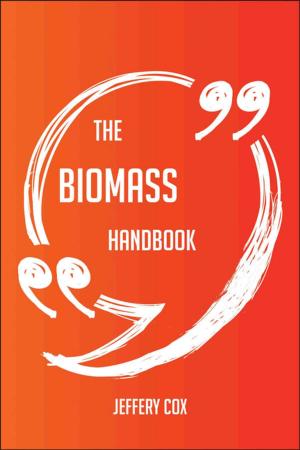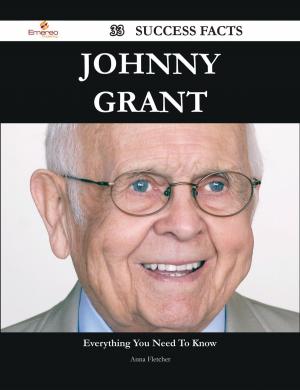The Romance of Industry and Invention - The Original Classic Edition
Nonfiction, Reference & Language, Reference, Fiction & Literature| Author: | Cochrane Robert | ISBN: | 9781486414734 |
| Publisher: | Emereo Publishing | Publication: | October 24, 2012 |
| Imprint: | Emereo Publishing | Language: | English |
| Author: | Cochrane Robert |
| ISBN: | 9781486414734 |
| Publisher: | Emereo Publishing |
| Publication: | October 24, 2012 |
| Imprint: | Emereo Publishing |
| Language: | English |
A romantic interest belongs to the rise and progress of most of our industries. Very often this lies in the career of the inventor, who struggled towards the perfection and recognition of his invention against heavy difficulties and discouragements; or it may lie in the interesting processes of manufacture. Every fresh labourer in the field adds some link to the chain of progress, and brings it nearer perfection. Some of the small beginnings have increased in a marvellous way. Such are chronicled under Bessemer and Siemens, who have vastly increased the possibilities of the steel industry; in the sections devoted to Krupp, of Essen; Sir W.G. Armstrong, of the Elswick Works, where 18,000 men are now employed alone in the arsenal; Maxim, of Maxim Gun fame; the rise and progress of the cycle industry; that of the gold and diamond mining industry; and the carrying-trade of the world.
Many of the chapters in this book have been selected from a wealth of such material contributed from time to time to the pages of Chamberss Journal, but additions and fresh material have been added where necessary.
This is a high quality book of the original classic edition.
This is a freshly published edition of this culturally important work, which is now, at last, again available to you.
Enjoy this classic work. These few paragraphs distill the contents and give you a quick look inside:
Some careful experiments succeeded so well that he wrote to his father,[Pg 13] requesting him to take out a patent for the process; and this patent, registered in Lord Dudleys name, and dated the 22d February 1620, properly inaugurated the great metallurgic revolution which had made the English iron trade what it now is.
...As we have seen, to Benjamin Huntsman, a Doncaster artisan, belongs the credit of first producing cast-steel upon a working scale, as he was the first to accomplish the entire fusion of converted bar-iron (that is, blister-steel) of the required degree of hardness, in crucibles or clay pots, placed among the coke of an air-furnace.
...Pig-iron contains from 3 to 5 per cent. of carbon, and, if it has been smelted with charcoal from a pure ore, as is the case with Swedish iron, the blast is continued till only from .25 to 1 per cent. of the carbon is left in the metal, that is to say, steel is produced.
...I do not, however, lay any claim[Pg 27] to this invention of Mr Bessemer; but I may fairly be entitled to say that I have advanced along the roads on which he has travelled so many miles, and has effected such unexpected results, that I do not hesitate to say that I may go home from this meeting and tear up my patent, for my process of puddling is assuredly superseded.
...I was confined to my bed, and it was then that my mind, dwelling for hours together on the experiment about to be made, suggested that instead of trying to decarburise the granulated metal by forcing the air down the vertical pipe among the pieces of iron, the air would act much more energetically and more rapidly if I first melted the iron in the crucible, and forced the air down the pipe below the surface of the fluid metal, and thus burnt out the carbon and silicum which it contained.
A romantic interest belongs to the rise and progress of most of our industries. Very often this lies in the career of the inventor, who struggled towards the perfection and recognition of his invention against heavy difficulties and discouragements; or it may lie in the interesting processes of manufacture. Every fresh labourer in the field adds some link to the chain of progress, and brings it nearer perfection. Some of the small beginnings have increased in a marvellous way. Such are chronicled under Bessemer and Siemens, who have vastly increased the possibilities of the steel industry; in the sections devoted to Krupp, of Essen; Sir W.G. Armstrong, of the Elswick Works, where 18,000 men are now employed alone in the arsenal; Maxim, of Maxim Gun fame; the rise and progress of the cycle industry; that of the gold and diamond mining industry; and the carrying-trade of the world.
Many of the chapters in this book have been selected from a wealth of such material contributed from time to time to the pages of Chamberss Journal, but additions and fresh material have been added where necessary.
This is a high quality book of the original classic edition.
This is a freshly published edition of this culturally important work, which is now, at last, again available to you.
Enjoy this classic work. These few paragraphs distill the contents and give you a quick look inside:
Some careful experiments succeeded so well that he wrote to his father,[Pg 13] requesting him to take out a patent for the process; and this patent, registered in Lord Dudleys name, and dated the 22d February 1620, properly inaugurated the great metallurgic revolution which had made the English iron trade what it now is.
...As we have seen, to Benjamin Huntsman, a Doncaster artisan, belongs the credit of first producing cast-steel upon a working scale, as he was the first to accomplish the entire fusion of converted bar-iron (that is, blister-steel) of the required degree of hardness, in crucibles or clay pots, placed among the coke of an air-furnace.
...Pig-iron contains from 3 to 5 per cent. of carbon, and, if it has been smelted with charcoal from a pure ore, as is the case with Swedish iron, the blast is continued till only from .25 to 1 per cent. of the carbon is left in the metal, that is to say, steel is produced.
...I do not, however, lay any claim[Pg 27] to this invention of Mr Bessemer; but I may fairly be entitled to say that I have advanced along the roads on which he has travelled so many miles, and has effected such unexpected results, that I do not hesitate to say that I may go home from this meeting and tear up my patent, for my process of puddling is assuredly superseded.
...I was confined to my bed, and it was then that my mind, dwelling for hours together on the experiment about to be made, suggested that instead of trying to decarburise the granulated metal by forcing the air down the vertical pipe among the pieces of iron, the air would act much more energetically and more rapidly if I first melted the iron in the crucible, and forced the air down the pipe below the surface of the fluid metal, and thus burnt out the carbon and silicum which it contained.















